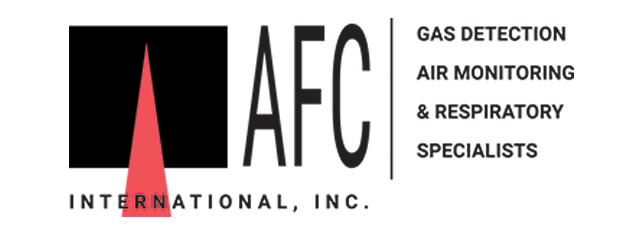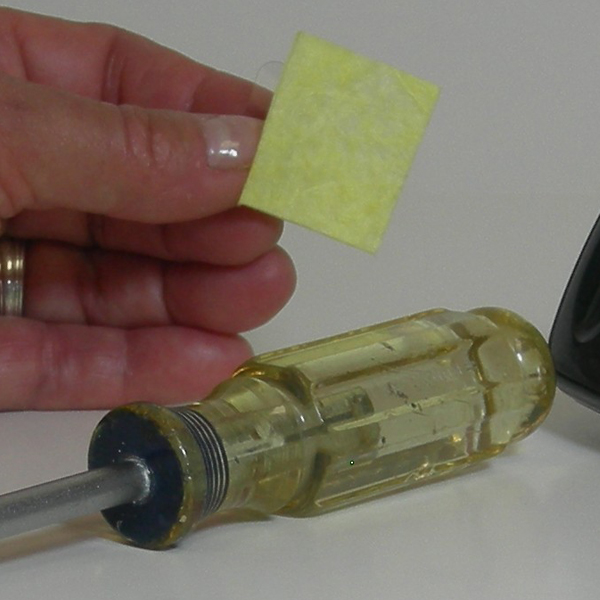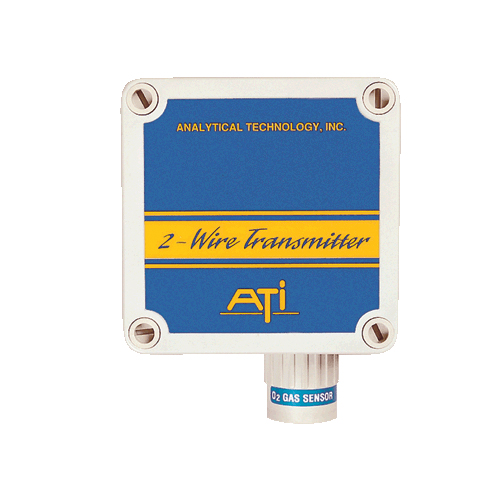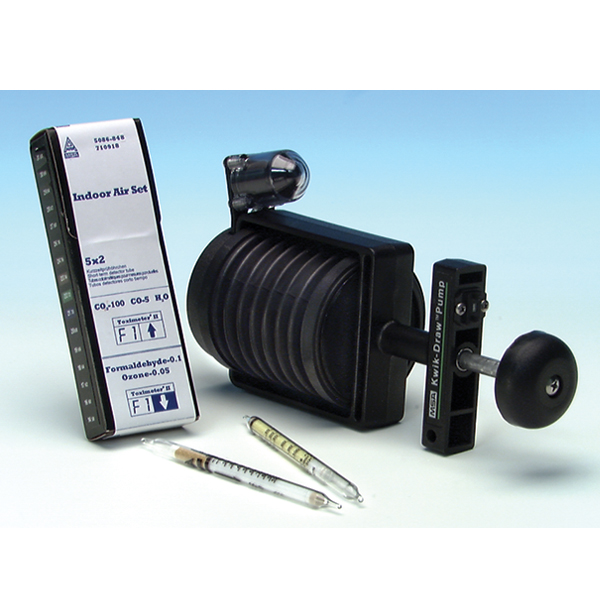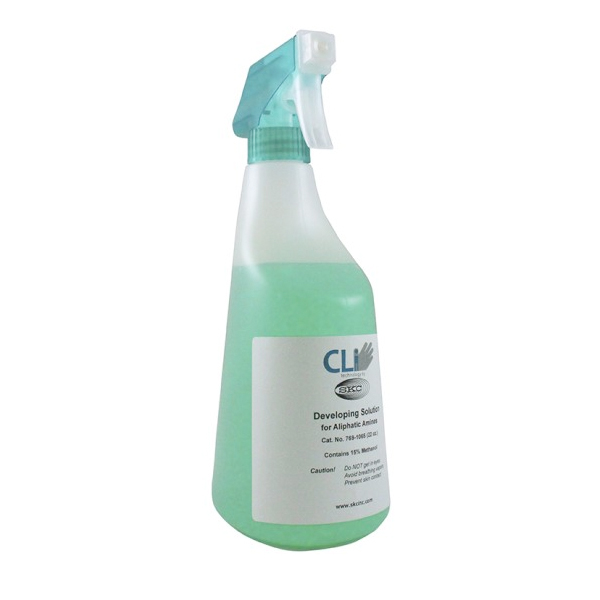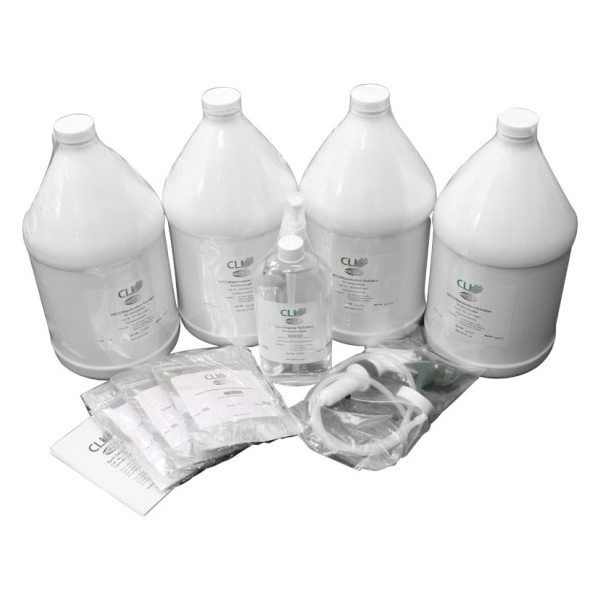Description
Description
Surface Swypes for isocyanates and other chemicals are a simple and sensitive technique to identify contaminated work sites where protective gloves and clothing must be worn. The use of colorimetric SWYPE™ systems compliment the use of urine testing in a worker education and training program for controlling employee exposure. Chemical contamination on workplace surfaces can result in significant skin exposure. Identification of areas and tasks for risk of dermal exposure is a critical element in a hazard assessment as required by OSHA’s new PPE standard.
A common sense approach is the key to the successful use of the SWYPE™ detection systems for reducing workplace exposures. The first step is to observe employee work practices. Tools, machinery controls, safety glasses or pencils that are handled with contaminated gloves and may later be touched by bare skin, represent potential exposures. Procedures for the handing of drums should be checked to ensure that drum surfaces do not become contaminated.
Pump seals and hose connectors can be checked for leaks with Surface SWYPEs™. Surface SWYPEs™ can also be used to determine that urethane parts are completely cured before being handled with bare hands. Skin contact with uncured materials or surfaces in contact with uncured materials may result in worker exposures to chemicals.
Gloves should be worn when using the Surface SWYPE™ detectors. First, lightly spray the area to be tested with Developing Solution. Wait approximately 30 seconds and then wipe with a Surface SWYPE™ pad. Allow 2 – 3 minutes for the color change reaction to occur. Do not reuse the Surface SWYPE™ after activation. The sensitivity of the Surface SWYPE™ is 3-5 µg for aromatic amines and isocyanates.
Surface SWYPEs™ are available for:
- Aromatic amines
- Aromatic isocyanates
- Aliphatic isocyanates
- Aliphatic Amines
- Acid/Base
- Phenols
- Nickel
- o-Phthalaldehyde
Surface SWYPES require developing solution, please order separately.
